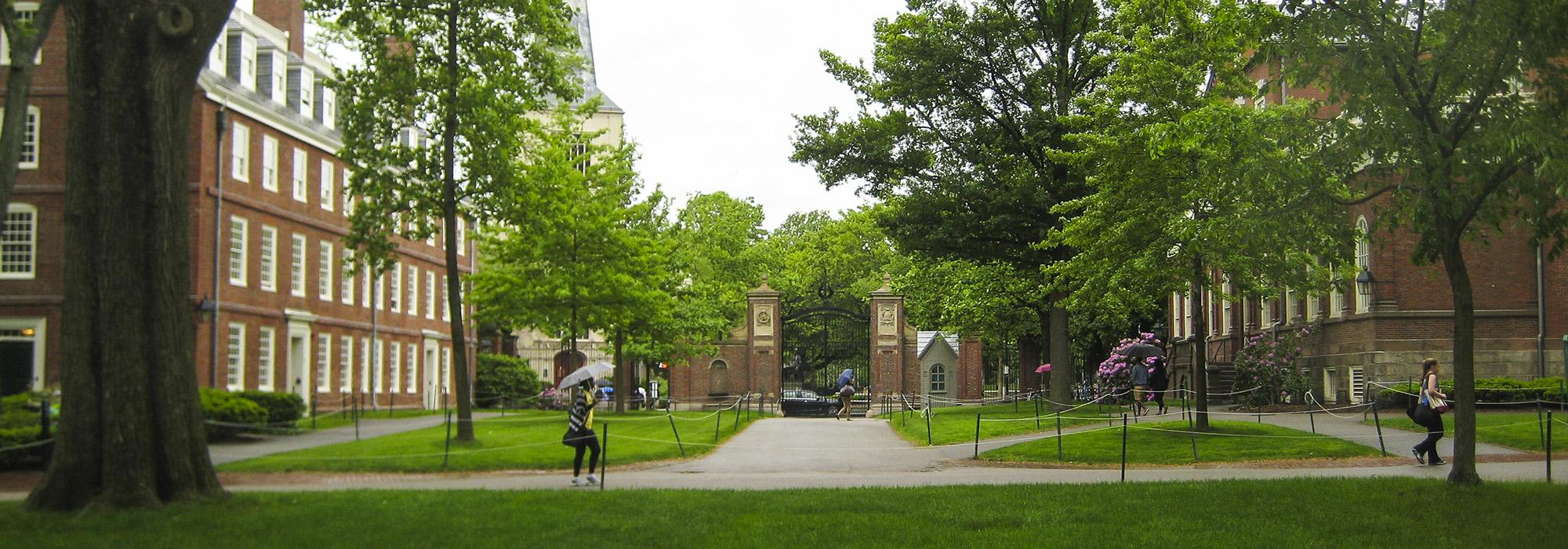In the age of social media and instant sharing, the allure of capturing the perfect photograph in a museum is undeniable. However, many institutions have implemented strict policies against flash photography. This article delves into the multifaceted reasons behind this ban, exploring the implications for art preservation, visitor experience, and ethical considerations.
The Impact of Flash Photography on Art Preservation
One of the primary reasons flash photography is banned in museums is its detrimental effect on artworks. Flash photography emits a burst of intense light that can cause irreversible damage to sensitive materials. Many artworks, especially those created using organic pigments, paper, or textiles, are susceptible to light degradation. Over time, exposure to bright flashes can lead to fading, discoloration, and even structural deterioration.
For instance, paintings by renowned artists such as Vincent van Gogh or Claude Monet often utilize delicate color palettes that can be significantly altered by exposure to harsh lighting. Museums, therefore, prioritize the long-term preservation of their collections over the fleeting moment of capturing a photograph.
The Role of Lighting in the Museum Experience
Museums are designed with carefully curated lighting to enhance the viewing experience. The ambient light levels are meticulously controlled to highlight the nuances of each piece while minimizing potential damage. Flash photography disrupts this carefully balanced environment, creating stark contrasts that can detract from the overall aesthetic experience.
Moreover, the sudden burst of light can be jarring not only for the artwork but also for other visitors. It can disrupt the contemplative atmosphere that museums strive to create, where individuals can engage deeply with the art. By banning flash photography, museums aim to foster a more immersive experience, allowing visitors to appreciate the subtleties of the works on display without distraction.
Ethical Considerations and Visitor Etiquette
The prohibition of flash photography also raises ethical questions regarding respect for the artwork and the shared space within a museum. Many visitors may not consider the potential consequences of their actions, viewing flash photography as a harmless way to document their experience. However, it is essential to recognize that museums are custodians of cultural heritage, and the responsibility lies with visitors to uphold the integrity of these spaces.
Additionally, the presence of flash photography can create a chaotic environment, leading to overcrowding around popular exhibits as visitors jockey for the perfect shot. This not only diminishes the experience for those who wish to engage with the art but also places undue stress on museum staff who must manage the flow of visitors.
Alternatives to Flash Photography
Fortunately, there are numerous alternatives to flash photography that allow visitors to capture their experiences without compromising the integrity of the artworks. Many museums encourage the use of natural light or low-light settings on cameras, which can produce stunning images without the harshness of a flash. Additionally, smartphone cameras have advanced significantly, allowing for high-quality images in low-light conditions.
Visitors can also consider using tripods or stabilizers to enhance their photography without the need for flash. By embracing these alternatives, individuals can still document their museum visits while respecting the preservation efforts of these institutions.
Conclusion: A Collective Responsibility
The ban on flash photography in museums is not merely a restriction but a collective responsibility to protect and preserve our cultural heritage. By understanding the implications of flash photography on art preservation, the visitor experience, and ethical considerations, we can foster a more respectful and enriching environment for all. As we navigate the intersection of art and technology, let us remember that the true essence of a museum lies not in the photographs we take but in the moments we experience and the stories we carry forward.
